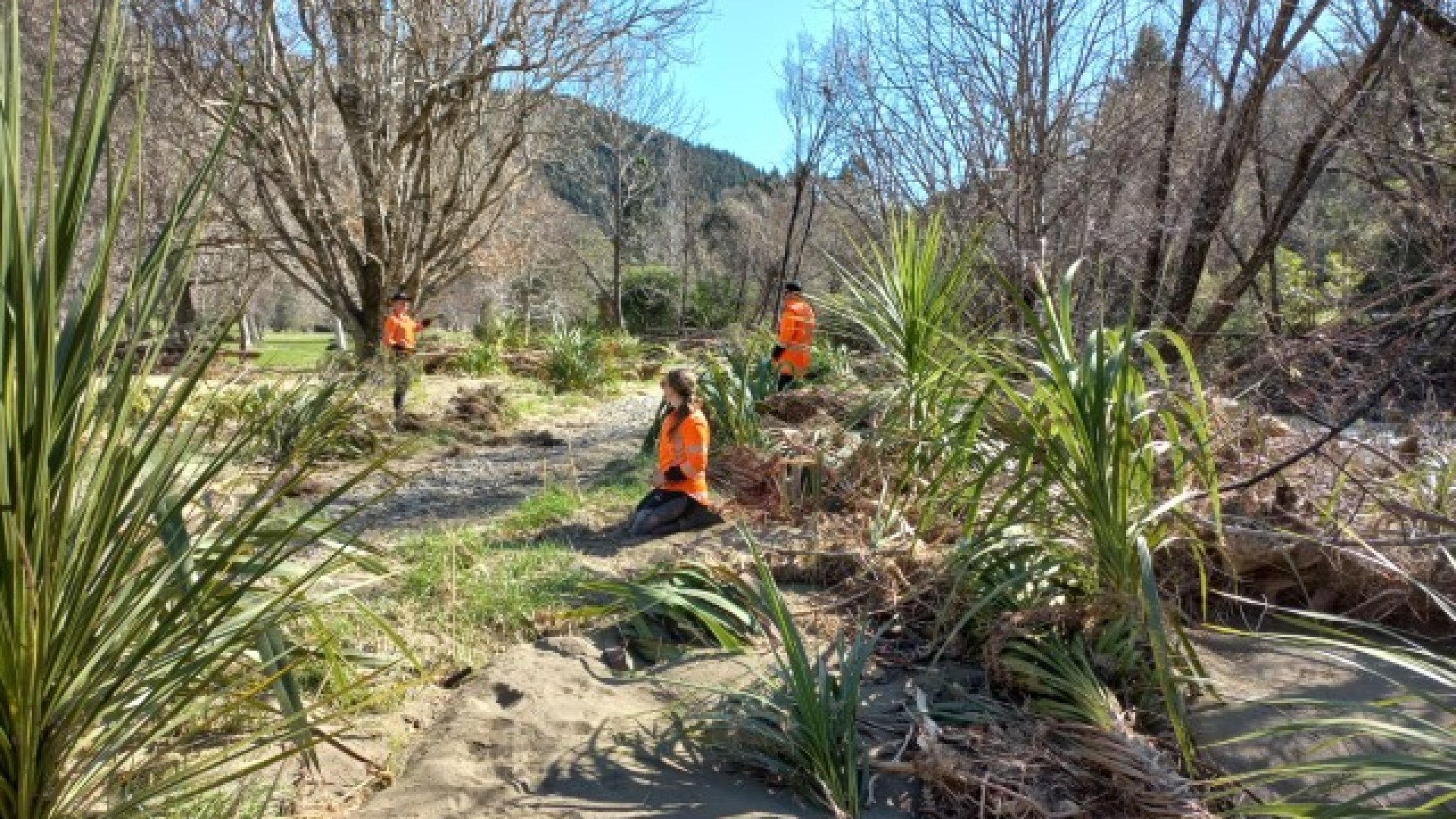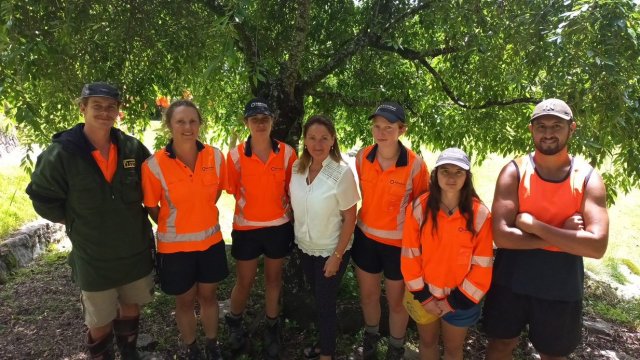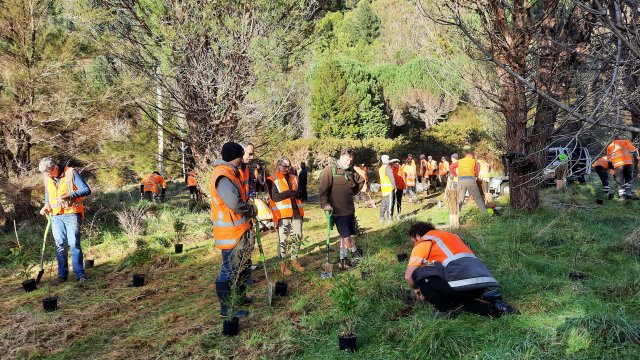Project Mahitahi plantings survive flooding
13/10/2023 12:27pm
Project Mahitahi, funded by the Government’s Jobs for Nature initiative, is now in the fourth year of a five-year programme.
As well as providing local employment opportunities, the project aims to plant 125,000 trees, restore 1.3 hectares of wetlands, and carry out pest plant and predator control in the Maitai/Mahitahi river catchment.
More than 24 hectares of pest plants have been dealt to in the ongoing battle against invasive weeds; old man’s beard, gorse, broom, climbing asparagus, blackberry and Himalayan honeysuckle are some of the most problematic species in the catchment. The field team is also regularly catching possums, rats and other predators across three trapping projects in the area.
The extreme weather event in August 2022 saw the Maitai River reach record levels, and this last year has shown the resiliency of both plants and people when it comes to bouncing back from adversity. While there was erosion throughout the catchment, many native trees planted on the riverside flattened by the floods have sprung back. Clearing the flood debris was a community effort, and Project Mahitahi stepped up to support the Civil Defence response in the huge clean-up task.
Crack willow proved to be a problematic source of flood debris, and the systematic removal of this pest plant from the riverbanks was stepped up this year, with older stumps being monitored for regrowth too. 15,000 new plants were dedicated to the spaces left by willow alone.
Planting this season has pushed the project over its target of 125,000 riparian (riverside) plants planted. The community contributed to the achievement of this huge milestone at various planting events, including with Enviroschools and Multicultural Nelson Tasman.
The richness of the community engagement with the mahi of restoring the catchment has grown, and the strengthening of a wider community understanding of the ecological issues and participation in solutions will be of long-term benefit to the health of the catchment.
Visitors to this year’s light festival, Te Ramaroa, were enthralled by Project Mahitahi’s Galaxiies installation, which drew inspiration from the sparkling inanga, or whitebait, that inhabit the waters of the awa. Young artists learned about ways to help protect our waterways and its inhabitants in the process of creating their artworks, and some took part in planting as a practical act of care.
Visit the new Project Mahitahi Storymap, which tells the stories of the river catchment and the ongoing work to restore its ecosystems and mauri (life force): nelson.govt.nz/project-mahitahi




